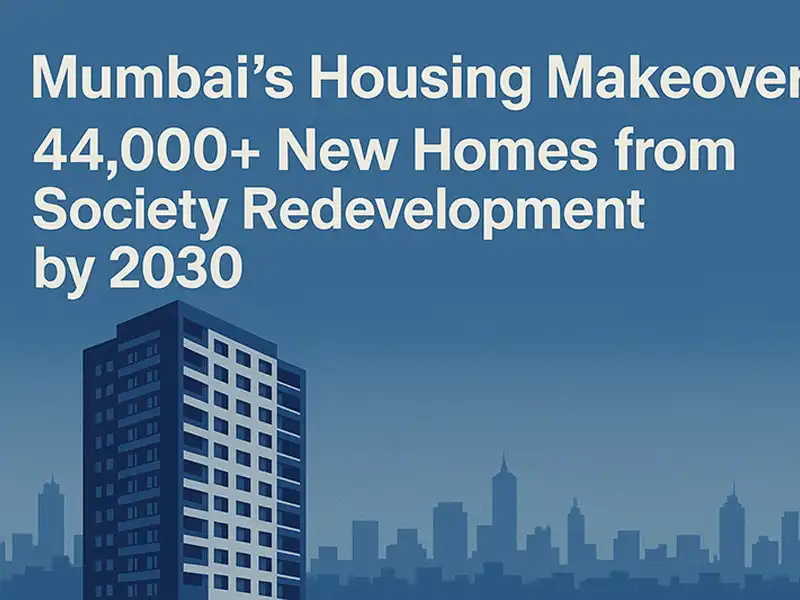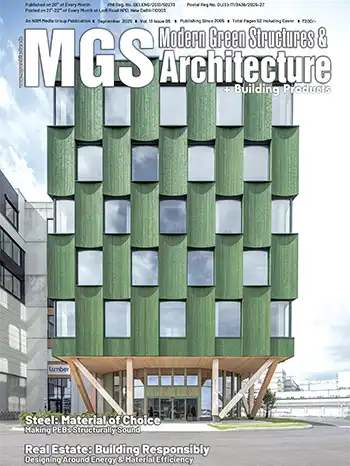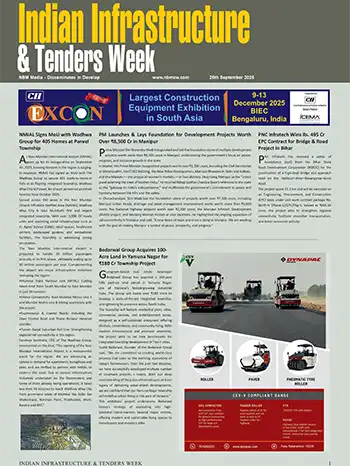Ar. Jaideep Thareja
The township concept reimagines urban development by creating self-contained communities that integrate residential, commercial, and recreational spaces. Unlike conventional urban designs, which often segregate these functions, townships aim to offer a balanced blend of all essential elements within a single area. This approach fosters a sense of community, reduces travel time, and enhances overall well-being.
At the heart of the township model lies the principle of mixed-use development. By combining homes, offices, shopping centres, and leisure facilities, townships facilitate a lifestyle where everything is within reach. This integration minimises the need for long commutes, which can reduce traffic congestion and lower carbon emissions. Furthermore, mixed-use environments encourage local businesses, supporting economic growth and resilience.
As cities continue to grow and evolve, the township model provides a forward-thinking framework for creating vibrant, resilient, and harmonious urban environments.
Ar. Jaideep Thareja
Sustainability is a cornerstone of the township approach. Traditional urban planning often prioritises expansion at the expense of environmental considerations. In contrast, townships are designed with sustainability in mind, incorporating green spaces, energy-efficient buildings, and waste management systems. These features mitigate the environmental impact and create healthier living conditions for residents.
One significant advantage of the township model is its ability to foster strong community bonds. By designing spaces that encourage social interaction, such as parks, community centres, and pedestrian-friendly streets, townships help build cohesive neighbourhoods. These shared spaces promote engagement and cooperation, enhancing the overall quality of life.
Effective urban planning should prioritise accessibility. The township approach integrates transportation networks within the community, providing convenient options for residents. This might include bike lanes, public transit systems, and pedestrian pathways. Such infrastructure ensures people can navigate their environment easily, reducing reliance on personal vehicles and promoting a healthier lifestyle.
The township model is inherently adaptable, allowing new technologies and innovative solutions to be incorporated. As cities evolve, townships can integrate advancements in smart technology, such as intelligent traffic management systems and renewable energy sources. This flexibility ensures townships remain relevant and responsive to changing needs and challenges.
Inclusive planning is another vital aspect of the township approach. By designing communities that cater to various socioeconomic groups, townships strive to eliminate segregation and promote diversity. This inclusivity can enhance social cohesion and provide all residents equitable access to amenities and opportunities.
Successful implementation of the township approach requires robust governance structures. Local authorities and planners must collaborate to ensure that development meets the community’s needs and adheres to sustainability goals. Transparent decision-making processes and stakeholder engagement are crucial in achieving balanced and effective outcomes.
Assessing the long-term impacts of the township model is essential for understanding its effectiveness. Metrics such as environmental performance, resident satisfaction, and economic vitality can provide insights into how well the approach meets its objectives. Continuous evaluation allows for adjustments and improvements, ensuring townships evolve in response to emerging trends and challenges.
The township approach represents a transformative shift in urban planning, offering a more integrated, sustainable, and community-focused model for urban development. By rethinking traditional strategies and embracing mixed-use development, sustainability, and inclusivity, townships have the potential to redefine how we experience urban living.
















